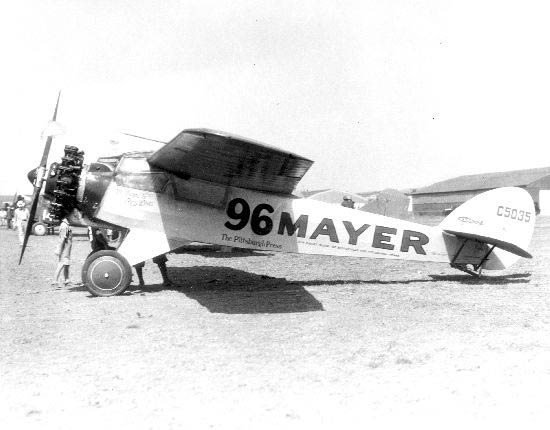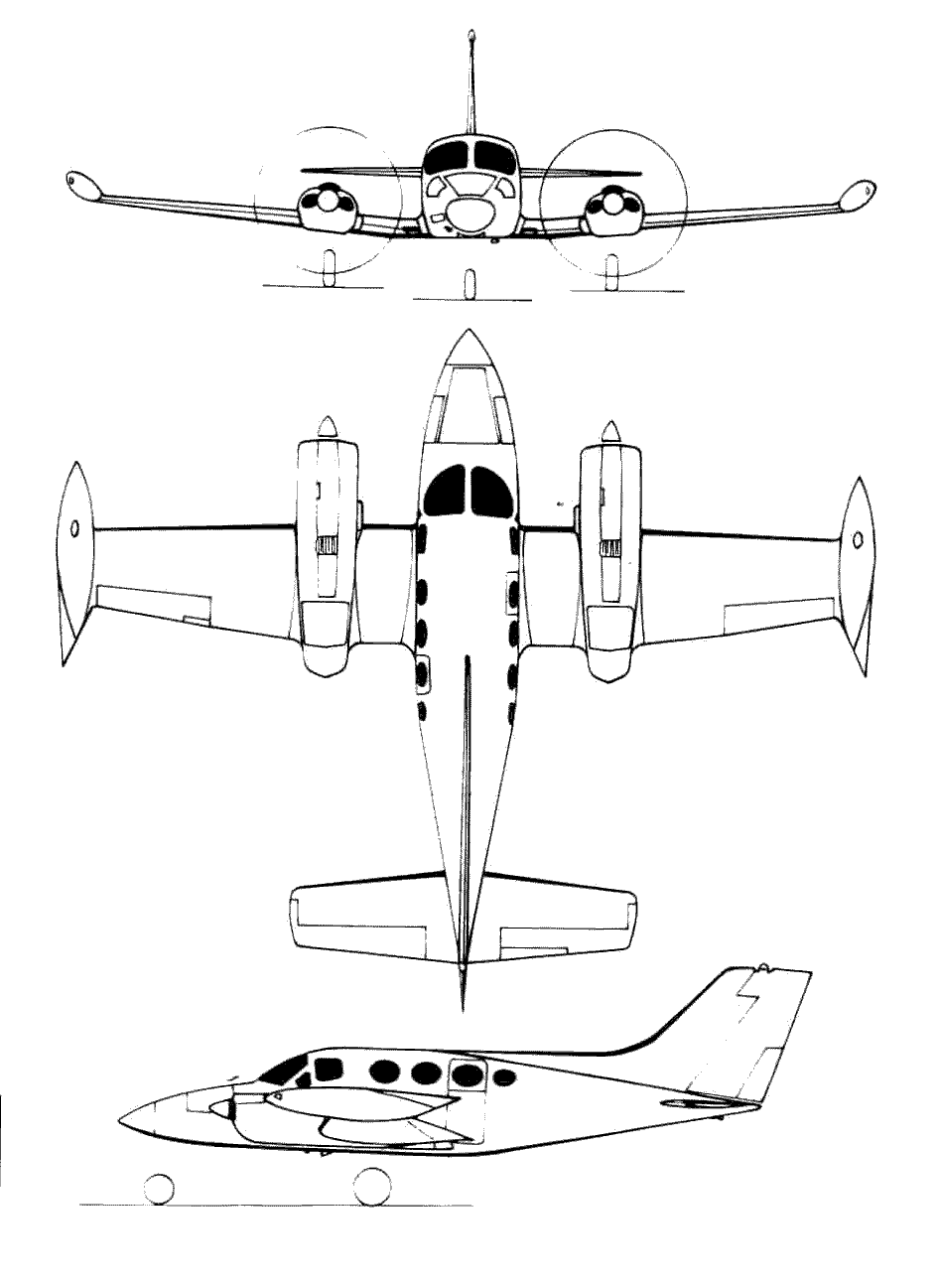


In addition to a wide range of normal aircraft applications, the Travel Air biplanes saw extensive use in early motion pictures, where they often stood in for the increasingly scarce Fokker D.VII.Īside from surplus military aircraft such as the Curtiss JN-4 Jenny and along with their chief competitor WACO, Travel Air biplanes were the most widely used civilian biplanes during the late 1920s and very early 1930s in America.

In 1933, George and William Besler replaced the usual gasoline powered piston engine in a Travel Air 2000 with an oil-fired, reversible V-twin compounding steam engine, which would become the first airplane to successfully fly using a steam engine.

The Travel Air biplanes were noted for their good flying qualities which may have helped Travel Air outsell all rivals by 1929. Travel Air entered the specially-modified Model 4000-T in the Guggenheim Safe Aircraft Competition of 1930, but it was disqualified, as were all production aircraft entered during the qualification trials. ĭifferent, interchangeable wings were offered, including a shorter and thinner wing known as the "Speedwing" which improved speed.Ī considerable number of engines were installed, including nearly every mass-produced engine in the 90–300 hp (67–224 kW) range available at the time, and a number of more obscure prototype engines, as can be seen in the list of designation prefixes. Pitch forces could be trimmed out with an inflight-adjustable horizontal stabilizer. Some subsequent models were offered without the counterbalance, providing a cleaner, more conventional appearance with less drag. These were the distinctive Travel Air "elephant ear" ailerons which led to the airplane's popular nicknames of Old Elephant Ears and Wichita Fokker. In common with the Fokker D.VII that they resembled, the rudder and ailerons of the first Travel Air biplanes had an overhanging "horns" to counterbalance the aerodynamic loads on the controls, helping to reduce control forces and making for a more responsive aircraft. The fuselage was fabric-covered welded chromium-molybdenum alloy steel tubes, faired with wooden battens and they had two open cockpits in tandem, with the forward cockpit carrying two passengers side by side. The Travel Air biplanes were conventional single-bay biplanes with staggered wings braced by N-struts. Until the appearance of the all new 12/14/16 series, all subsequent Travel Air biplanes would be derived from the Model A. An interim design, the Winstead Special, was developed by the Winstead brothers from a metal fuselage frame developed at Swallow by Stearman and Walter Beech, but subsequently rejected by Swallow president Jake Moellendick, a decision which triggered the departure of both Stearman and Beech, and the creation of Travel Air. The Travel Air, however, replaced the New Swallow's wooden fuselage structure with a welded steel tube. The Travel Air Model A was engineered chiefly by Lloyd Stearman, with input from Travel Air co-founders Walter Beech, Clyde Cessna, and Bill Snook and could trace its ancestry back to the Swallow New Swallow biplane. Design and development Design and development While an exact number is almost impossible to ascertain due to the number of conversions and rebuilds, some estimates for Travel Air as a whole range from 1,200 to nearly 2,000 aircraft. During the period from 1924–1929, Travel Air produced more aircraft than any other American manufacturer, including over 1,000 biplanes. The Travel Air 2000/3000/4000 (originally, the Model A, Model B and Model BH were open-cockpit biplane aircraft produced in the United States in the late 1920s by the Travel Air Manufacturing Company. Private owners, aerial sightseeing businesses


 0 kommentar(er)
0 kommentar(er)
